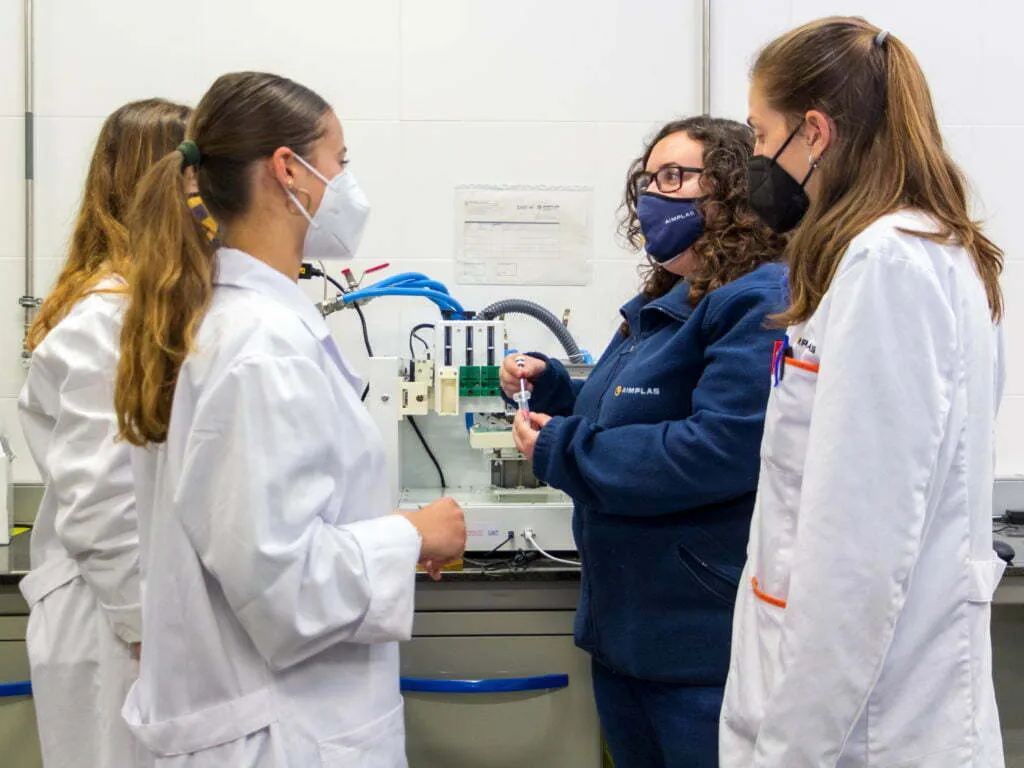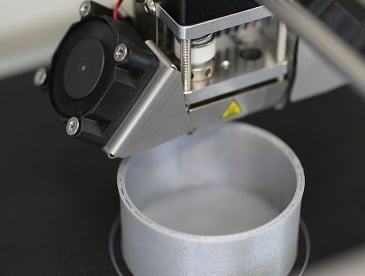AIMPLAS participates in the Marie Curie STiBNite network for research and training of doctoral students in new materials that improve the sustainability of organic electronics and optoelectronics

Applying chemical research in modern electronics makes it necessary to take a fresh, new approach and discover new materials that improve the performance, safety, and energy efficiency of current electronic devices, and to develop new technological products based on sustainable production and consumption.
The STiBNite Project, funded by the Horizon 2020 Marie Curie Innovative Training Networks Programme, was created based on the assumption that these advances will only be possible if a paradigm shift occurs in education and research in chemistry. To this end, a pioneering training network was launched to train 15 young early stage researchers to use alternative, disruptive and multidisciplinary approaches that contribute advances in research and innovation of materials for electronics.
AIMPLAS, the Plastics Technology Centre, is participating in this European project, whose purpose is to carry out research and development of a new generation of organic semiconductor materials doped with boron-nitrogen, based on a bottom-up approach that includes design, synthesis, physical characterization, modelling and device applications.

The aim is to take advantage of all the technological potential of these materials to drive different sustainable, energy-efficient technologies in the field of electronics. A specific goal of STiBNite is to promote customized developments for flexible optoelectronic lighting and display devices such as light-emitting electrochemical cells (LECs), organic photovoltaic cells (OPVs), organic field-effect transistors and electrochromic displays, and for thermal management coatings.
This project training for young researchers is made possible by means of the involvement of seven leading academic and research groups throughout the world and five high-tech companies, which share knowledge and synergies in organic synthesis, materials science, surface science, material characterization, modelling and device engineering. This makes it possible to convert academic concepts into new customized boron-nitrogen semiconductor materials for full exploitation.
The project participants are the Universität Wien, Università degli Studi di Perugia, Universiteit Leiden, Université Catholique de Louvain, Technische Universität München, Rijksuniversiteit Groningen, Università degli Studi di Trieste, AIMPLAS, Applied Nanolayers BV, Graphene-XT srl, BASF Schweiz AG, SYSTEA and YNVISIBLE.
This project received funding from the European Union’s Horizon 2020 Research and Innovation Programme within the framework of Marie Skłodowska-Curie grant agreement No. 956923.



